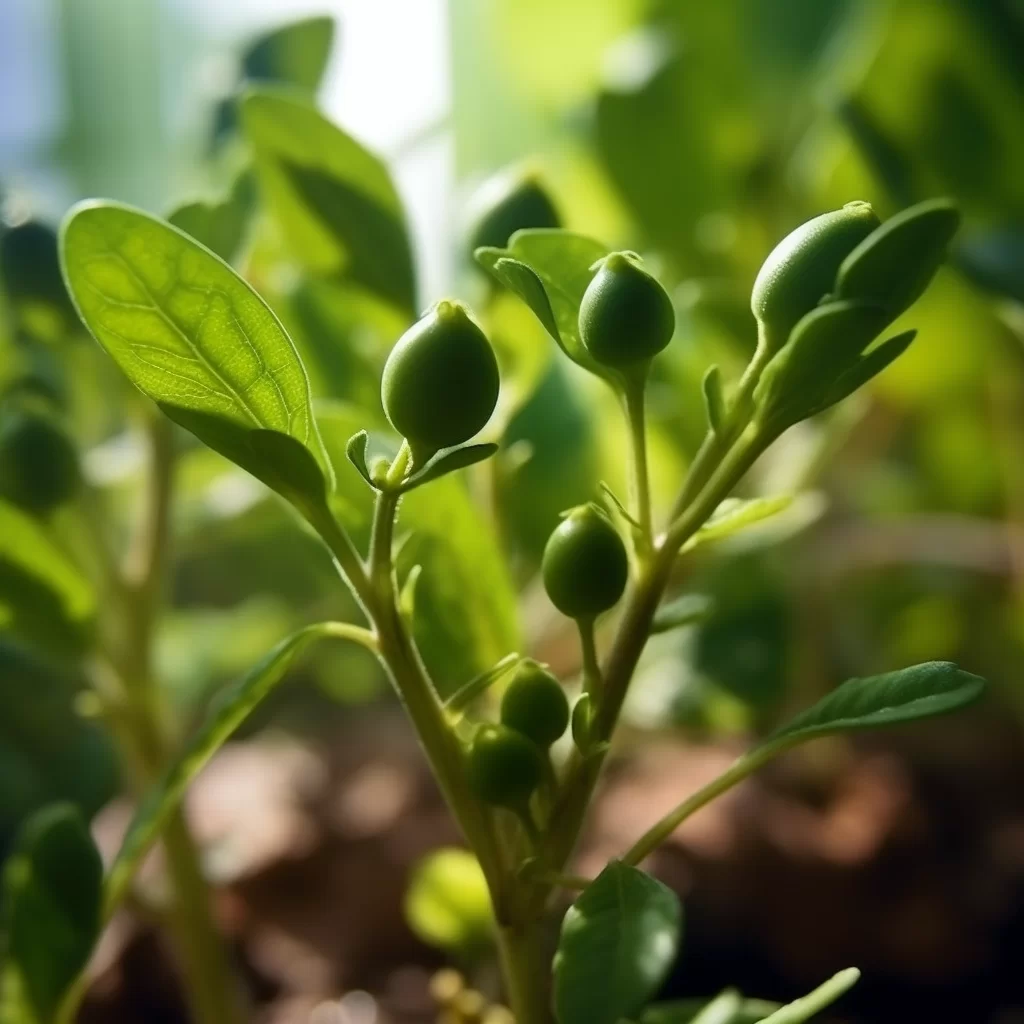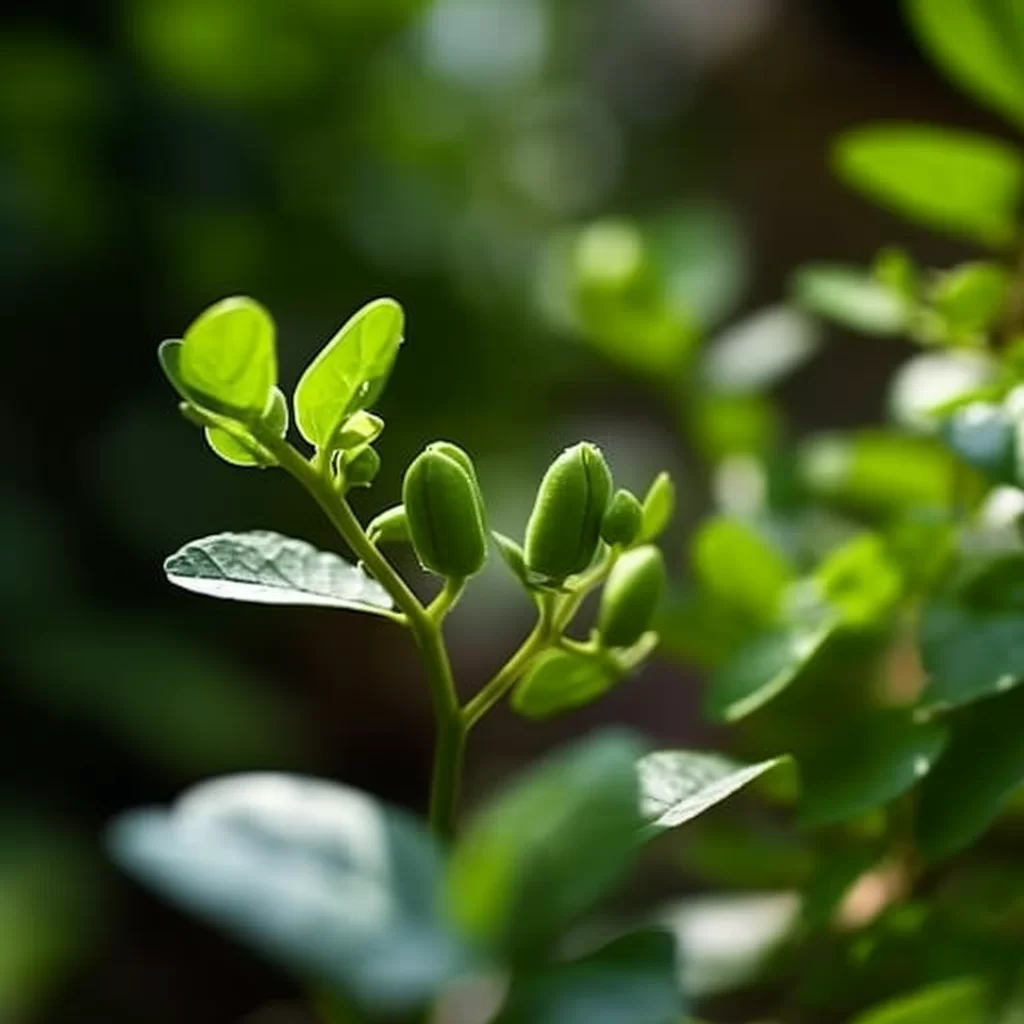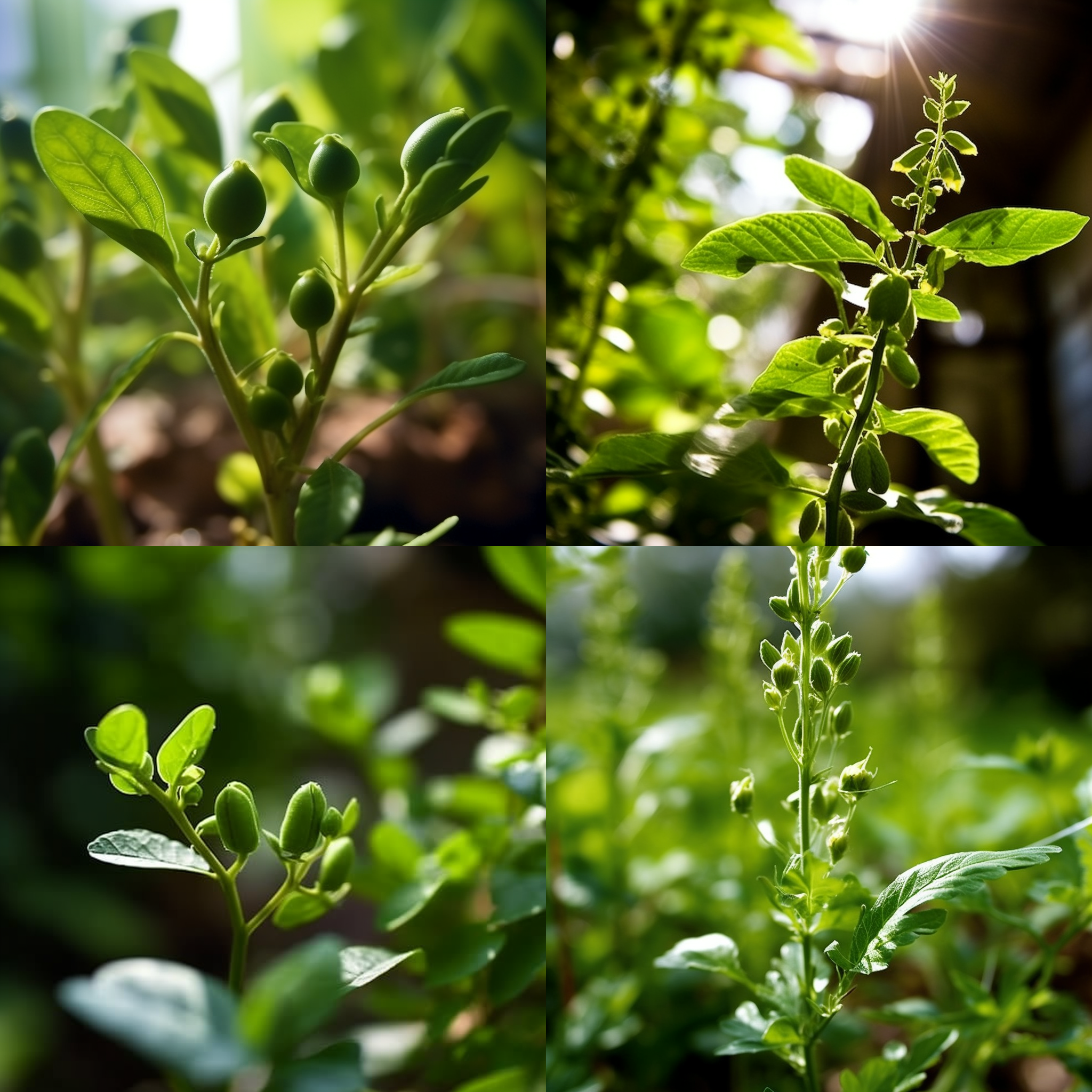Story of Day :
Contents
The Complete Guide to Pea Plant Care Tips
Peas are one of the easiest vegetables to grow in your garden. They are also great for adding a pop of green color to your meals and provide an excellent source of vitamins and minerals. In this article, we will explore everything you need to know about growing and caring for pea plants.
Choosing the Right Variety

Pea plants come in two main varieties—shelling peas (also called garden peas) and snap peas. Shelling peas have a tough outer layer that needs to be removed before eating while snap peas have edible pods. When choosing which type of pea plant you want, consider what you plan on using them for.
- If you want fresh shelled or frozen peas, then choose shelling pea varieties such as ‘Green Arrow’ or ‘Lincoln.’
- If you prefer snacking on crisp pods straight from the vine, then opt for snap pea types such as ‘Sugar Snap’ or ‘Super Sugar Snap.’

Sowing Peas Seeds: The Basics
Peas should be sown outdoors as soon as the soil can be worked in early spring—usually around mid-March depending on your location.

- Sun Requirements: Pea plants require full sun exposure (at least six hours per day) with well-draining soil that is rich in organic matter like composted manure.
- Sowing: Sow seeds about one inch deep into the soil spaced three inches apart along rows that are three feet apart from each other.
- Care:To help seedlings germinate quickly; keep bed moist with a spray bottle for first week until seeds start to sprout.
Caring for Your Pea Plants

Pea plants are relatively low maintenance, but they do require some basic care.
- Water: Keep soil consistently moist by watering deeply once per week or more often during dry periods. Avoid overhead irrigation since this can increase the risk of disease and pests.
- Weeding: Remove weeds regularly using a hoe or by hand since competition for nutrients will reduce your pea plant’s yield.
- Fertilizer: Peas don’t need much extra fertilizer since they fix nitrogen into the soil through their roots. However, adding compost in early spring before planting can help ensure good growth and yields .
- Trellising: Pea plants grow best when supported on trellises such as bamboo stakes or cages made from chicken wire.
- Insects: Aphids and thrips can be washed off with a strong spray from a hose. You can also apply insecticidal soap or neem oil to control them.
- Powdery Mildew: This fungal disease causes white powdery spots on leaves. To prevent it, ensure adequate air circulation by spacing plants correctly and avoiding overhead irrigation.
- Shelling Peas: Harvest when pods are plump and bright green; usually between 60-70 days after planting depending on the variety used.
- Snap Peas: Harvest when pods are crisp and snap easily; usually around 10–14 days after flowering has begun.

Pest and Disease Control Measures
The two most common pests that affect pea plants are aphids and thrips while powdery mildew is among the main diseases affecting them; however, there is no need to worry since you can take the following measures to control these pests and diseases:
Harvesting Your Pea Plants
The ideal time for harvesting peas depends on the type of variety you planted, but as general guidance:
In Conclusion
Growing pea plants is an easy task that yields delicious results with just a little bit of care regularly. By choosing the right varieties, sowing seeds in spring, providing basic care for your plants like watering regularly, weeding or trellising when necessary along with keeping an eye out for signs of pest or disease problems so they don’t get worse over time! With these tips in mind, you’ll be able to enjoy healthy homegrown peas all season long!
